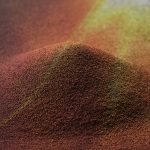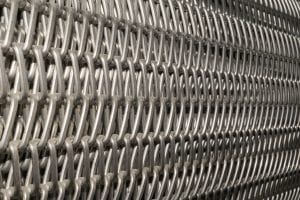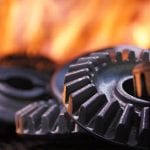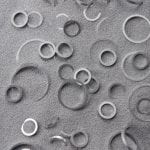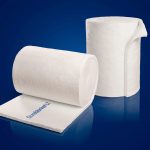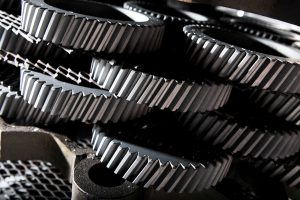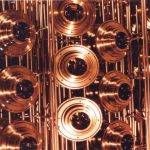In the past several years, heat treating companies have experienced a significant supply disruption in generated acetylene. Additionally, generated acetylene may not offer the purity required for important manufacturing processes such as the vacuum carburizing function of heat treating for gears.
ALD Thermal Treatment Inc. (ALD) recognized the need to find a stable, reliable supply of high-purity acetylene that would help them eliminate supply uncertainty that could negatively impact a productive heat treating process. To meet these challenges, ALD made the switch from conventional generated acetylene to chemical acetylene through a relationship with Praxair Distribution, Inc.
Chemical acetylene
Acetylene needs to be dissolved in a solvent in order to be transported safely in cylinders. Acetone has been the industry’s standard solvent, but acetone has a tendency to release with the gas causing downstream issues for heat treaters. When the gas stream contains higher levels of acetone, intergranular oxidation (IGO) occurs in the work piece, creating performance issues with the gear components. As a result, acetylene dissolved in acetone must be in a temperature-controlled environment and users have to change cylinders more frequently than cylinders with chemical acetylene. These additional cylinder change-outs take more time from production processes and may result in safety challenges and higher residuals.
Conversely, chemical acetylene dissolved in dimethylformamide solvent (DMF) offers gear manufacturers precise control of heat treatment processes. This type of acetylene is of a high purity rate and a stable supply — assisting in optimized gear component processing.
Chemical acetylene that is generated as an off-stream in ethylene production and then dissolved in a DMF solvent is of a higher purity. The chemical acetylene gas ALD uses is 99.5 percent pure, which means IGOs are no longer a concern for ALD Thermal Treatment. This gives the heat treater more control of the process using less gas with higher purity. For example, one of ALD Thermal Treatment’s customers had a big problem with heat-treating; they were getting a 30 percent scrap rate. Once the switch was made to using chemical acetylene from Praxair, the scrap rate dropped to zero.
ALD has been using chemical acetylene in the vacuum carburizing process for more than a decade. Since then, the company has seen dramatic improvements in the processing of gear components through the development of vacuum carburization (LPC) with high-pressure gas quench (HPGQ) (Figure 1).
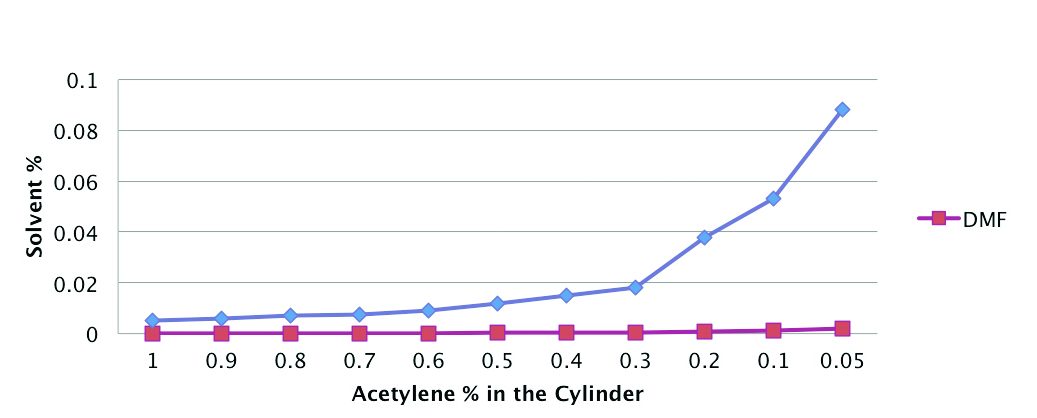
The development of pre-packaged chemical acetylene in DMF solvent provides the capabilities to continuously achieve carburizing of complex shapes where dimension control is critical. ALD uses high-technology processes providing heat treat services on gear components to achieve hardness, while retaining product austenite levels and eliminating martensitic transformation across medical, plastics, welding, fiber, and film applications.
“ALD has extensive experience in the industry and is at the forefront of using chemical acetylene in vacuum carburizing during the processing of gear components,” said Robert Peters, senior vice president of ALD’s Own and Operate Division. “To stay productive, we need access to a steady supply of high-purity acetylene…”
Previously, ALD stopped using generated acetylene cylinders with an acetone solvent at content levels of 20-30 percent to avoid contaminants in its process gas from causing IGO. Now with Praxair’s supply of chemical acetylene, virtually all of the acetylene can be used from a cylinder without IGO concerns.
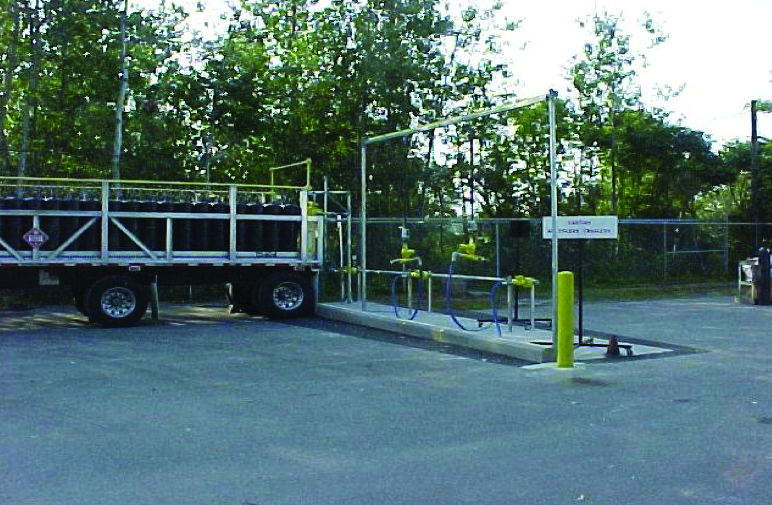 It may not seem like a big deal, but in the heat treating process of gear manufacturing, where precision is of the highest importance, high-tech processes used by large companies are crucial in order for gases to flow evenly so every part is treated to the same exacting specifications.
It may not seem like a big deal, but in the heat treating process of gear manufacturing, where precision is of the highest importance, high-tech processes used by large companies are crucial in order for gases to flow evenly so every part is treated to the same exacting specifications.
“The advantages of Praxair’s chemical acetylene in DMF solvent are two-fold. It is almost pure. You don’t have interference of contaminants. And the DMF stays in the cylinder, which is not the case when using acetone,” said John Byington, Praxair Fuel Gas Business Manager. “DMF solvent is 40 times more efficient than acetone and far more stable, and in the long run, it saves companies money.”
Supply disruption
Additionally, ALD has not experienced the aforementioned supply disruptions with the change to chemical acetylene dissolved in DMF. Praxair gives ALD access to a high-quality, high-purity fuel gas with its robust supply of chemical acetylene. Today, Praxair delivers chemical acetylene on bulk trailers, which consists of 200 large gas cylinders permanently manifolded together.
“Supply-chain issues have plagued the availability of acetylene in most recent years,” said John Byington, Praxair business manager – Fuel Gas. “With Praxair’s multi-year exclusive chemical acetylene distribution agreement, we offer a reliable, stable supply to our customers who demand the highest purity from their acetylene.”
“Before switching to chemical acetylene gas, ALD used to have more bottles on site and had to purchase more acetylene to perform heat treating processes. Each acetylene bottle had to be changed out. With our new supply, we have avoided these change out costs and the additional maintenance and space for storage,” said Mr. Peters.
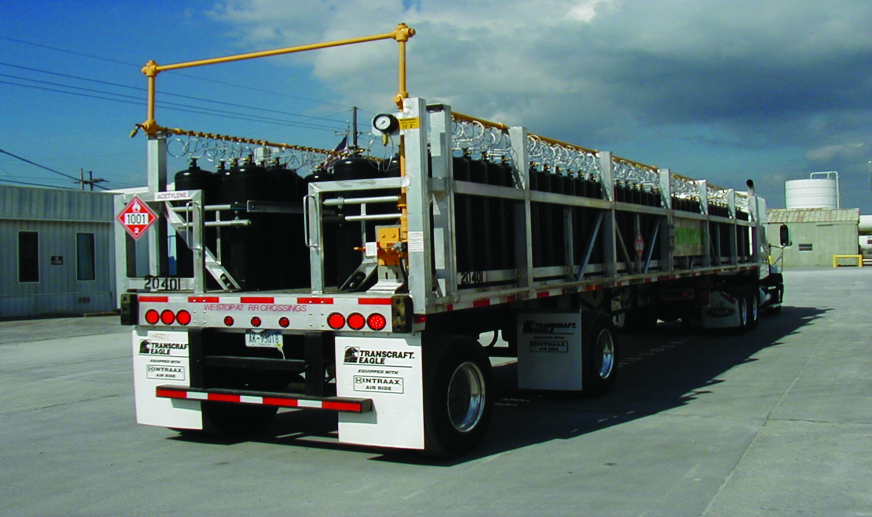 Safety is also a concern with generated acetylene as more bottles are required on site, which means more piping and hookups and an increased possibility for leaks. Praxair delivers cylinders that are trailer-mounted and connected by a manifold to supply a continuous flow of chemical acetylene gas through one outlet to the customer’s use points.
Safety is also a concern with generated acetylene as more bottles are required on site, which means more piping and hookups and an increased possibility for leaks. Praxair delivers cylinders that are trailer-mounted and connected by a manifold to supply a continuous flow of chemical acetylene gas through one outlet to the customer’s use points.
Facility cleanup
Using chemical acetylene with DMF solvent reduces cleaning steps, and parts distortion. Oxidation is also nearly eliminated, reducing the formation of soot in carburization chambers. This is due to the fact that a lesser volume of gas is used compared with acetylene dissolved with acetone.
Today, ALD Thermal Treatment’s vacuum carburization chambers are very clean. In the past, maintenance was required monthly on all thermal treatment chambers. Using chemical acetylene, less than a cup of carbon dust is collected from thermal treatment chambers during ALD’s three-month cleanup schedule.
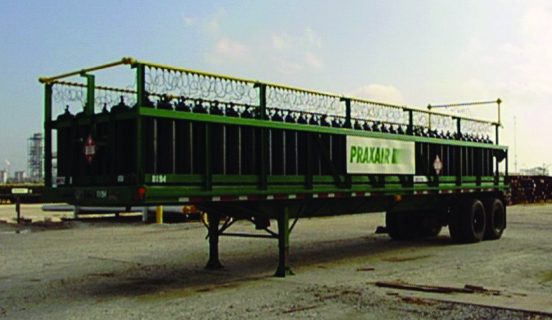 References
References
- Herring, D. H., How Gears Fail, SME Conference on Effective Heat Treating and Hardening of Gears, 2007.
- Herring, D. H., Case Studies – Lessons Learned, Furnaces North America, 2012.
ALD Thermal Treatment, Inc. is a subsidiary of Germany’s ALD Vacuum Technologies, a leader in the production of specialty metals and metallurgical vacuum furnace systems. The Port Huron, Michigan facility has more vacuum carburizing furnaces than any other heat treater in the world, with over 40 furnaces in one location.













